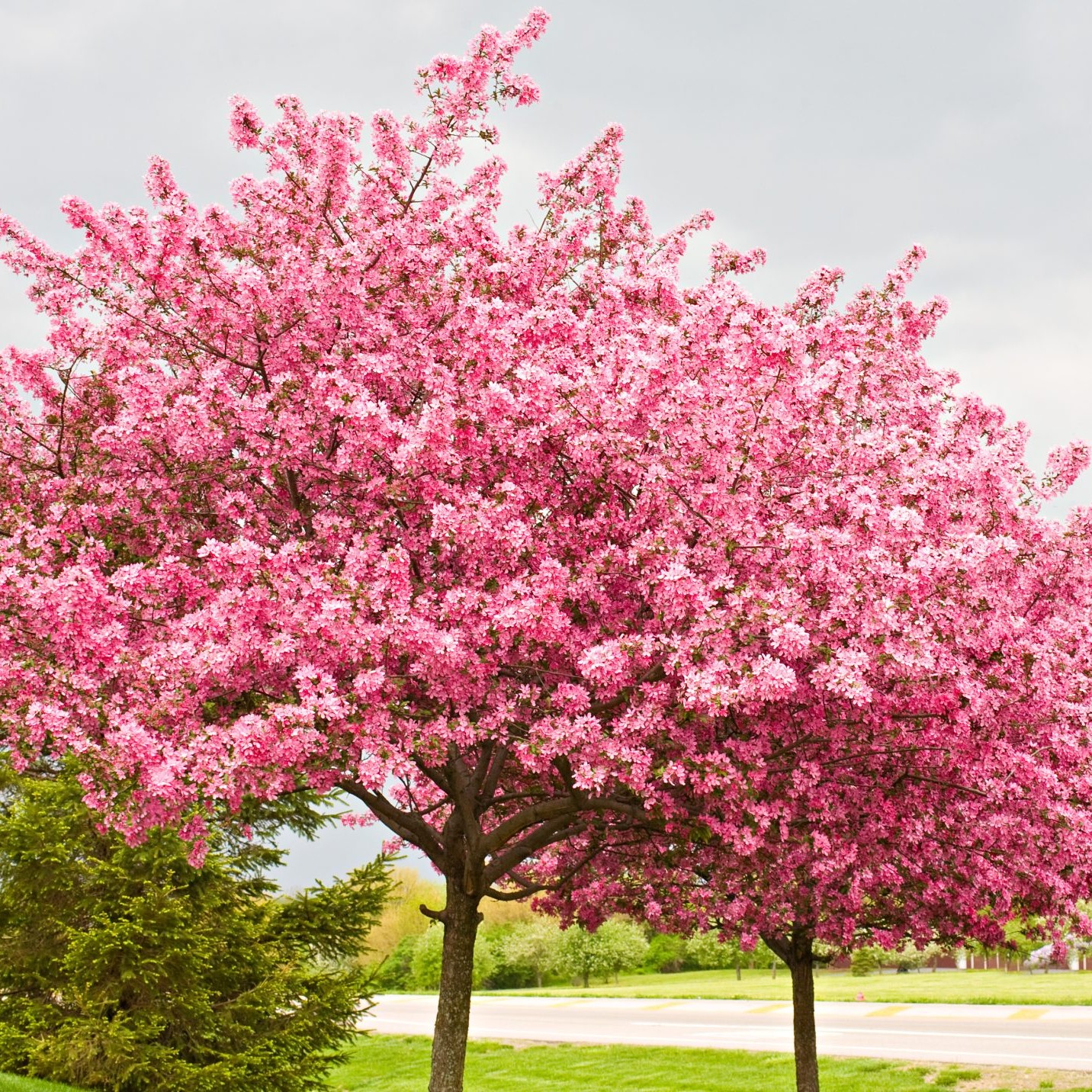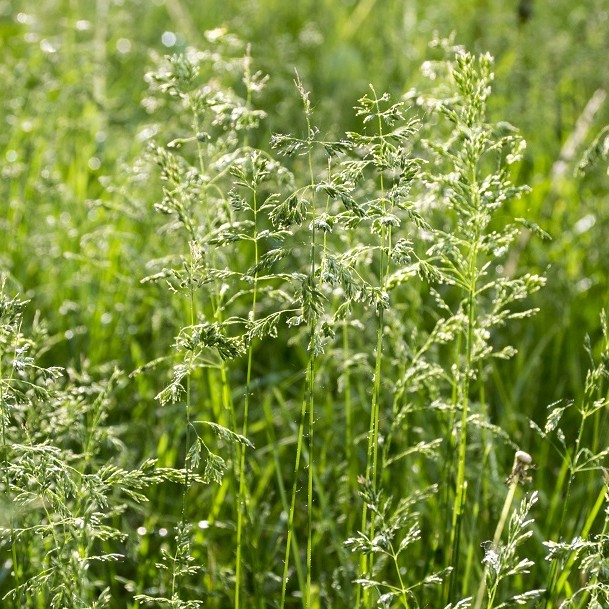March is here, and so is Spring! Spring has officially started which brings longer days, refreshing rain showers, bright colorful flowers, and of course…tree pollen!
The majority of trees typically produce tree pollen as early as January in the Southern United States. The Northern and Central areas follow suit with pollen production kicking off in February and continuing through June. The milder the winter season, the earlier the trees begin producing pollen. Even late winter or early spring snowfall leads to pollen production by producing copious amounts of moisture when it melts which allows a greater volume of pollen production. However, there is an outlier. The Ashe Juniper Tree (commonly referred to as Mountain Cedar) wreaks havoc in Oklahoma and Texas as early as late November or December.
Tree Pollen
Pollen is a small powdery substance made up of small spores that come from male trees and flowers. There are two primary types of pollen, the first is “Sticky Pollen”. This pollen is produced by plants and trees that have bright and attractive flowers. This is the type of pollen that sticks to bees and is transported during flight, fertilizing other plants. These bright flowers are commonly thought to be spring allergy offenders, however, because they do not release much pollen into the air they are not likely the culprit of allergy symptoms. The other type of pollen, however, is “Wind-Blown Pollen”. This pollen comes from larger trees like pine and oak. The pollen is released in large quantities into the air, fertilizing other trees of the same species. The tree pollen that typically causes well-known nasal congestion, runny nose, and itchy eyes is typically the wind-blown pollen. This pollen is very small, light, and easily spread by the wind for miles and miles.
Those that suffer from allergies can greatly benefit from checking their local pollen counts to determine the density of tree pollen in the air on any given day. Pollen counts go up and down by the season and even fluctuate within a single day. Pollen count is a measure of the average number of pollen grains per cubic meter2, and is usually determined by collecting pollen on special greased silicone rods. The pollen is collected for a certain period, usually about 24 hours, and then counted under a microscope. The pollen count is then calculated in grains per cubic meter of air. These findings are then published in user friendly terms such as: low, moderate, or high counts so the general public can decide how to plan their day.
Pollen Counts
Pollen counts tend to rise early in the day and peak around midday. Often there is an increase in pollen when the wind picks up just before a large rainstorm. If you like dancing in the rain, or jumping in rain puddles, however, you are in luck! During a rainstorm and immediately following, pollen becomes still and dormant due to the rain making it damp and heavy. As the air becomes warm and dry following the storm, the pollen count will become potent again.
Those with tree pollen allergies should try to avoid heavily dense wooded areas, especially in early spring when pollen is the most dense and abundant. Also, those with tree pollen allergies should give careful thought into which trees they are planting in their yard this year. Major tree offenders that should be skipped over at the nursery are oak, birch, maple, cedar, juniper, and eucalyptus (unless you can guarantee they are female trees). Instead, look for friendlier species such as dogwood, pear, plum, redbud, or crape myrtle.
Pollen counts are never zero, nor will an allergy sufferer truly be able to avoid tree pollen in the spring. However, some practices will help to decrease pollen exposures, such as: utilizing the air conditioner, keeping the windows and doors of the home and car closed, and utilizing the dryer rather than the fresh breeze to dry clothing. Also, one benefit COVID-19 may bring allergy sufferers is the regular use of a face mask. Most face masks will help to minimize the amount of pollen reaching the nasal passages if being worn in outdoor settings. Tree pollen allergy suffers should also make a habit of changing their clothes after coming in from being outdoors, and bathing prior to getting into bed or laying on upholstered furniture.
If someone is unsure whether tree pollen is a trigger for their spring nasal congestion, runny nose, post nasal drip, sneezing, and itchy watery eyes, taking an allergy quiz and seeing their provider for an allergy test may provide them with more clarity!
You may also be interested in . . .
A Deep Dive into Summertime Allergies
As the warmth of summer graces us with its presence, many of us are eager to embrace outdoor activities and soak up the sun. However, along with the…
Botanical Sexism: Does it impact allergy sufferers?
What is Botanical Sexism? Tom Ogren, horticulturist and allergy researcher, has done extensive research on ways to reduce pollen counts and pollen…
Grass Pollen Allergy: Making the Most of Summer
Summer is finally here! Longer days, days spent by the beach or the pool, and late nights catching fireflies are on the horizon. Allergies are usually…



